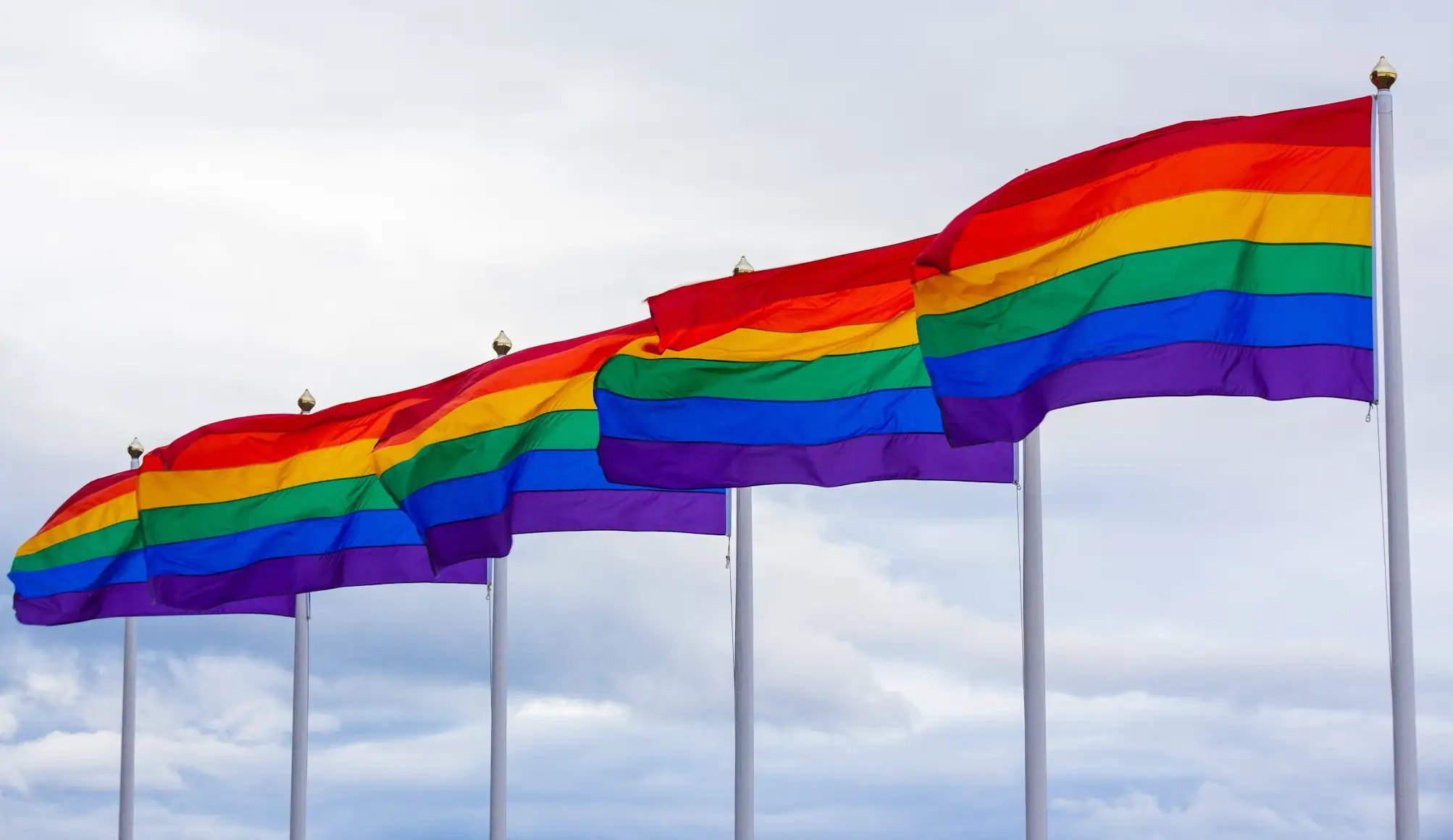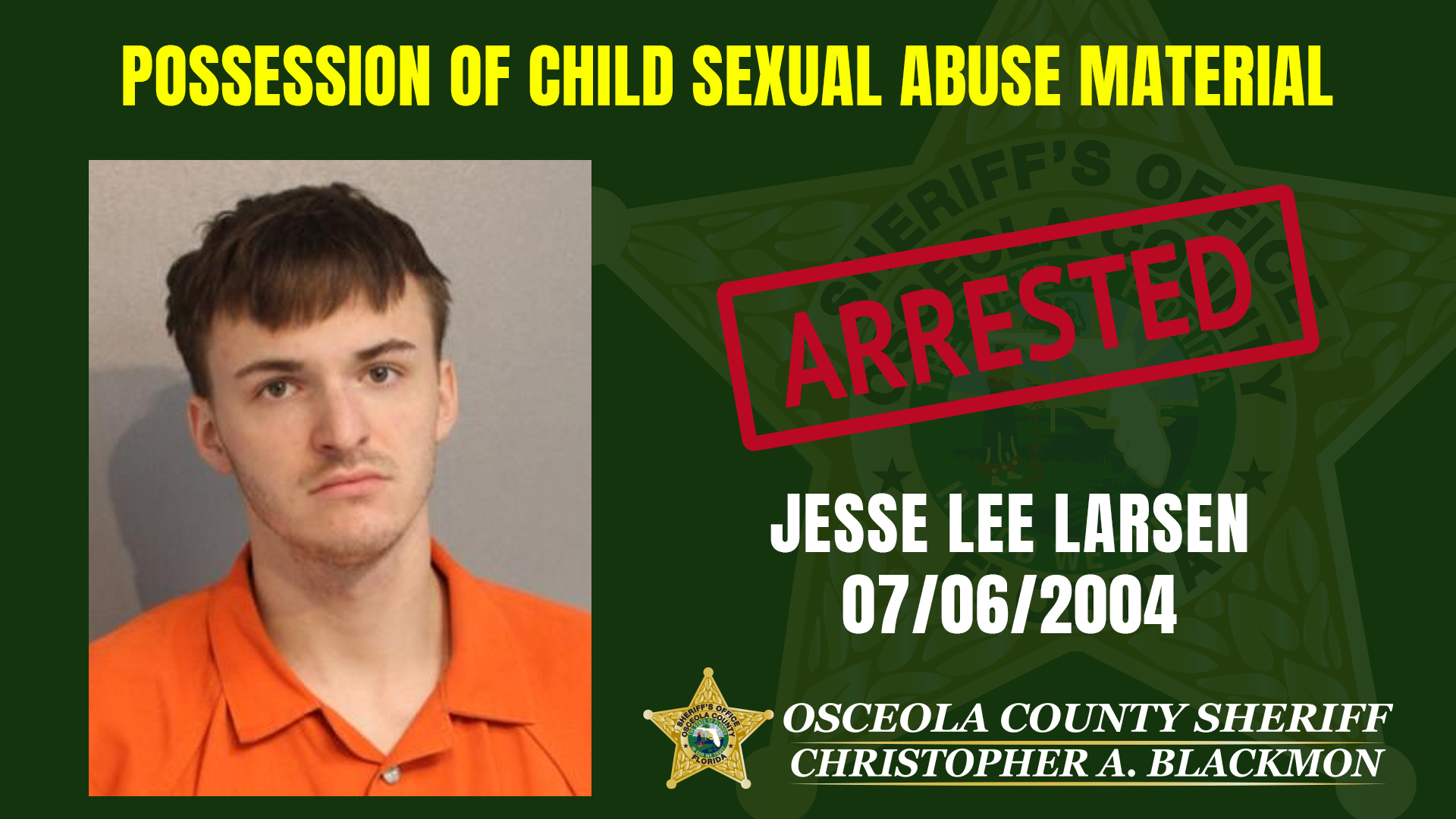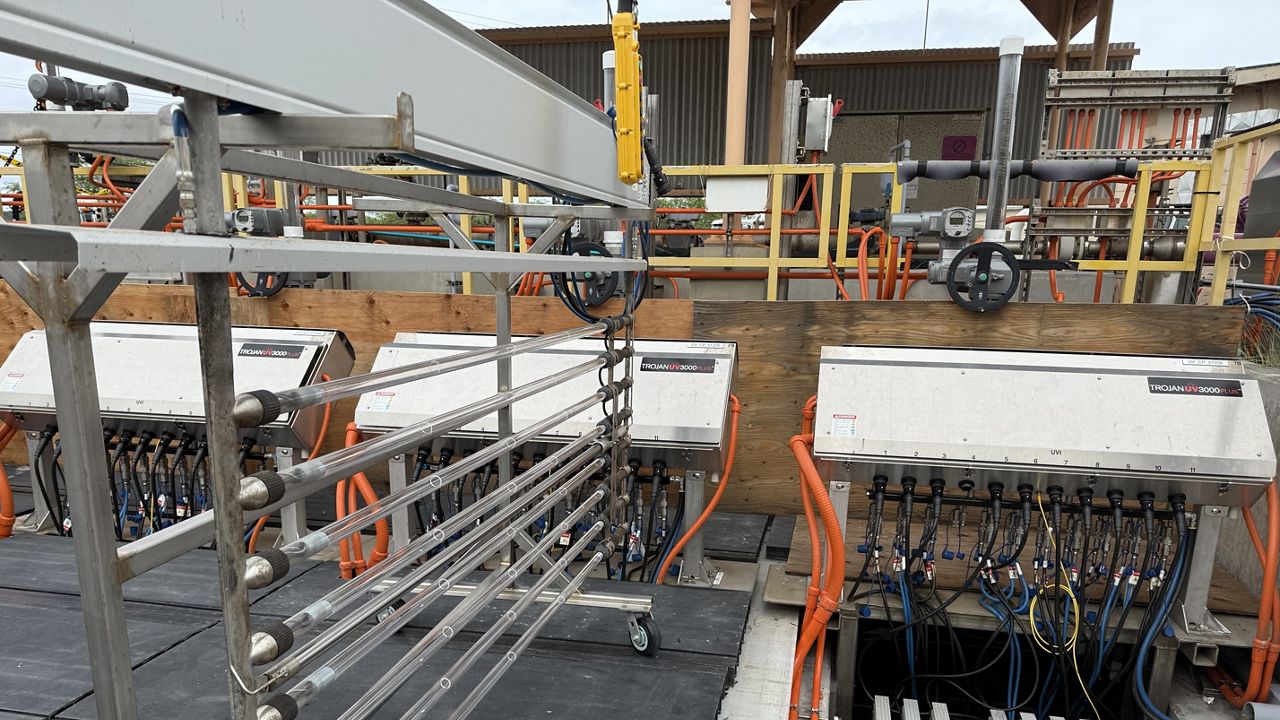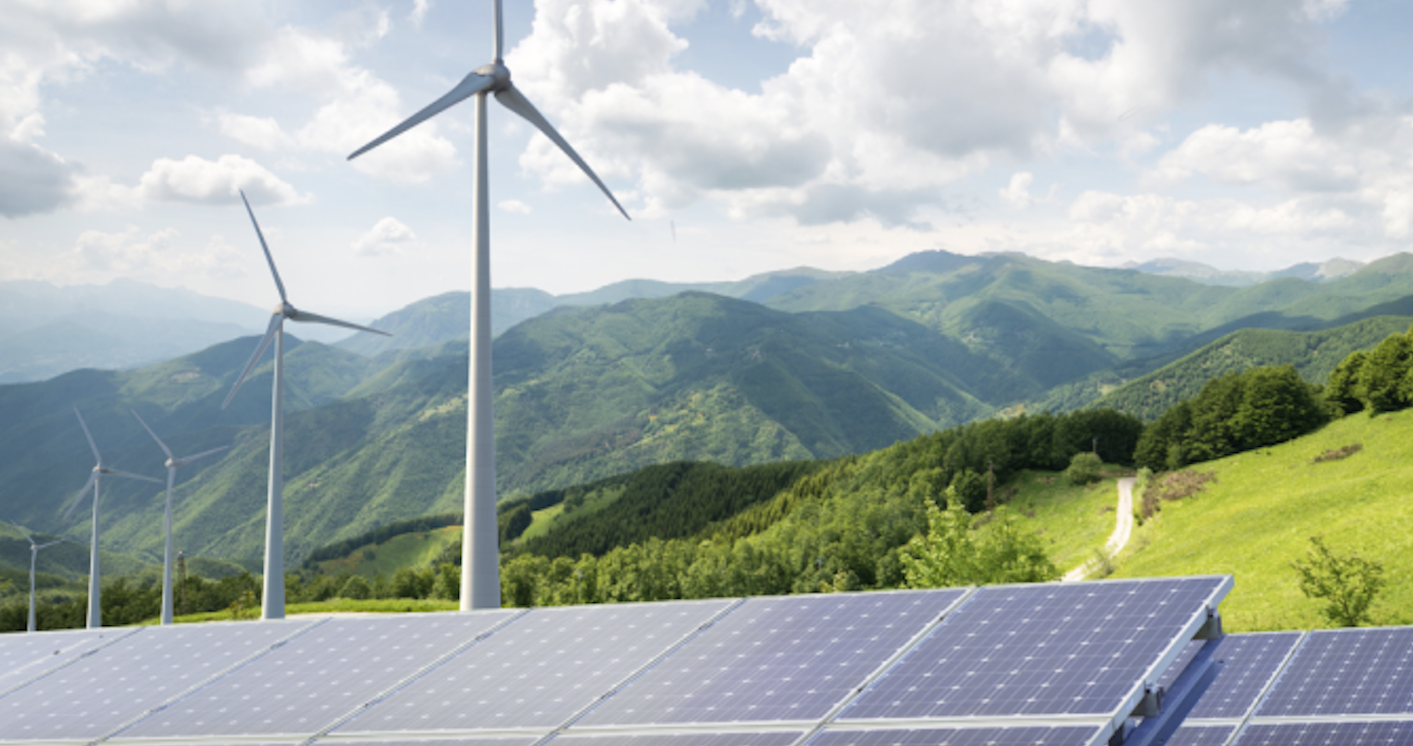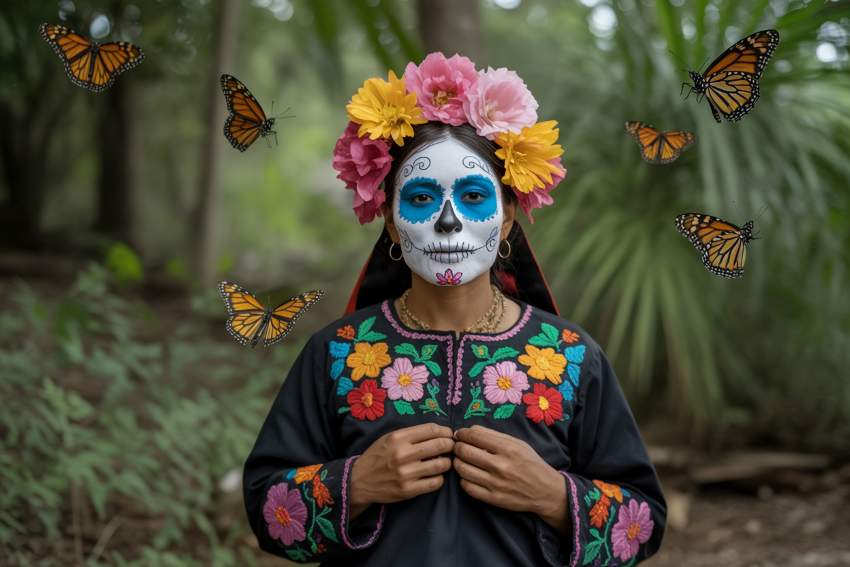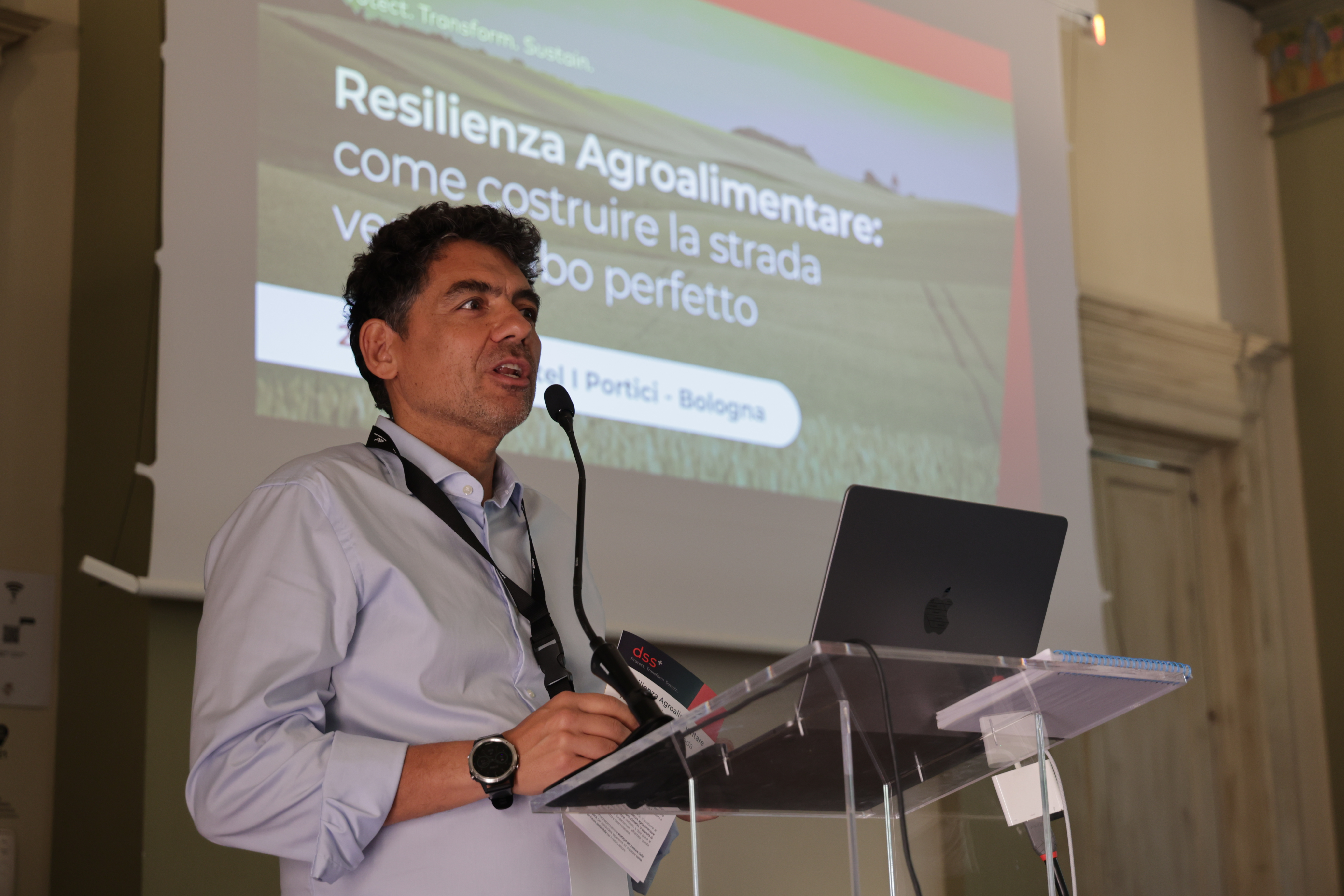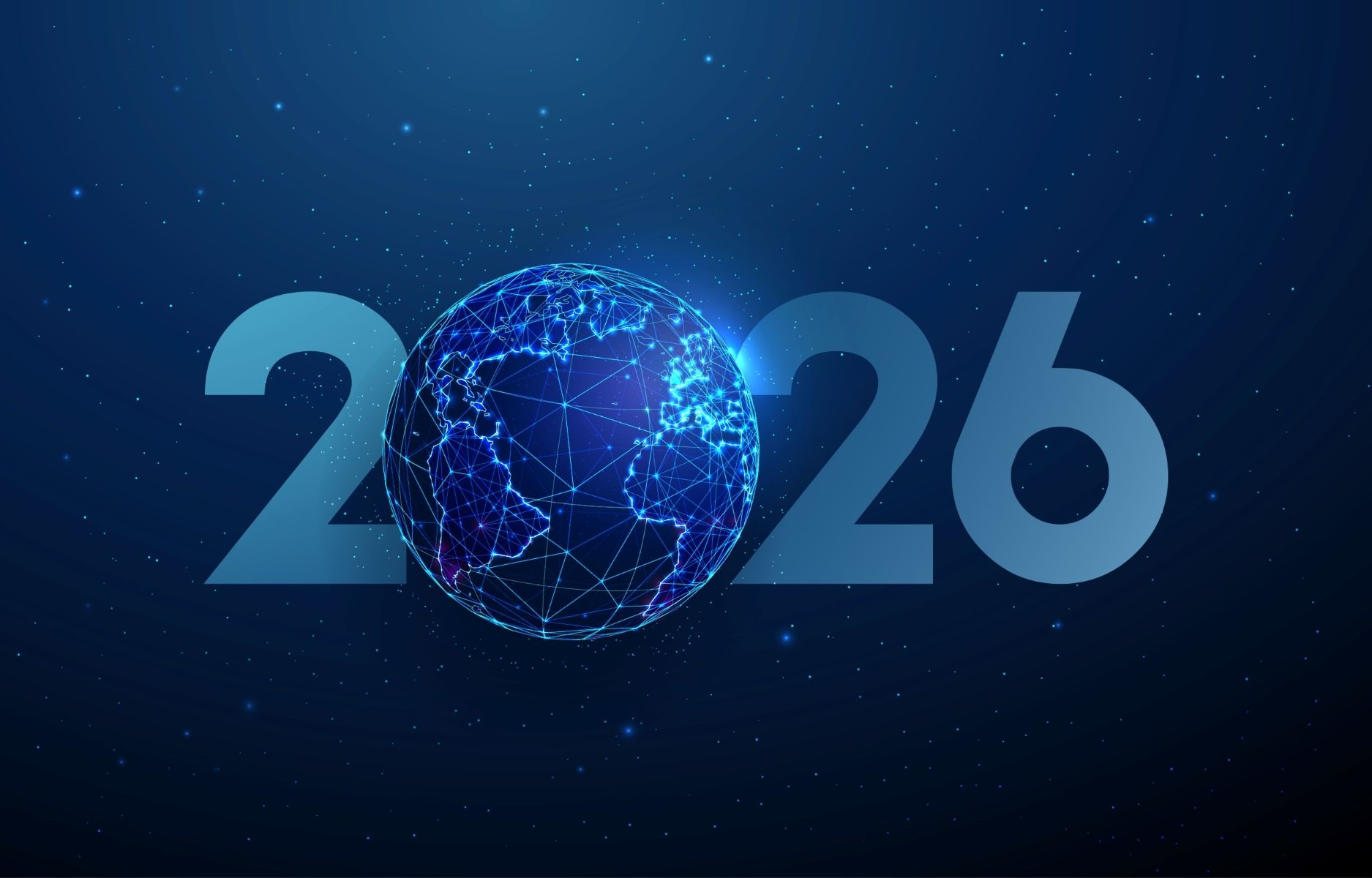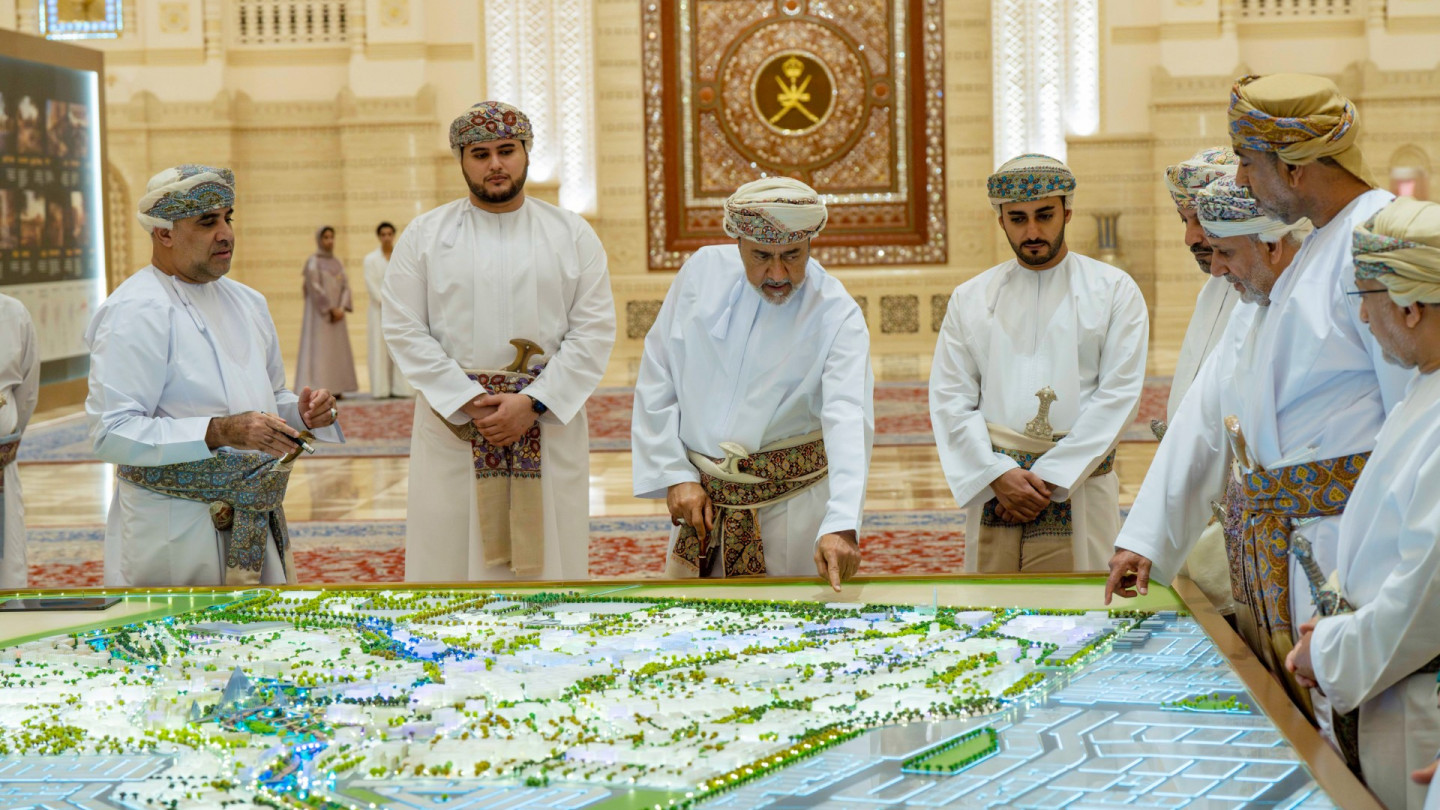Interview: Thepduangchan Bounthideth, Culture, Nature & COP28
I thrive on lifelong learning and leveraging my passion for cultural heritage to drive sustainability to deliver climate action. I’m dedicating myself to a doctoral in resources management and development at Maejo University, Chiangmai, Thailand.
1. Tell us your name and the school you are attending/attended
Hello, I’m Thepduangchan Bounthideth. With a robust background in people and culture, I’ve honed my skills in resources management and local hospitality for a decade.
2. Tell us about your interest and involvement in culture, nature and the environment
Personally, I am passionate about rural life and local traditions, and I found the relationship between cultures and environment conservation. As SEACHA opened up opportunities for young people, I had the chance to join as a youth representative. I wish to bring cultural practices from individuals, organizations, and communities to be part of climate action.
My profound passion lies in preserving cultural heritage on intangible and tangible heritage. I am deeply involved in initiatives aimed at safeguarding cultural traditions and rituals that encapsulate our rich wisdoms.
Through active participation in heritage preservation organizations, I’ve contributed to documenting indigenous practices and advocating for their recognition in the community Heritage for Sustainability Youth Forum Lao PDR for Capacity Building Workshop on the Intangible Cultural Heritage Safeguarding and Sustainable Development for Youth in 2021 by UNESCO and CRIHAP and keep expanding networking through 2023 Youth Forums: I(CH)nspiring: Youth Empowerment and Connection through Living Heritage on International Information and Networking Centre for Intangible Cultural Heritage in the Asia-Pacific Region under the auspices of UNESCO (ICHCAP).
Additionally, I’ve engaged in collaborative projects with youth teams, winning Top5 legacies by integrating documentaries in 4 target provinces in Laos. The project was supported in 2021 by Cultural Vitas. By integrating modern approaches with time-honored traditions, we aim to ensure that our diverse cultural heritage remains alive and cherished for future generations.
3. How did you get involved with the Climate Heritage Network
My journey with the Climate Heritage Network began as a pivotal moment when my passion for cultural preservation intersected with the urgency of climate action. It all started with a SEACHA for “ASEAN Heritage: Cultural Wisdom for Climate Action”!
I found the inseparable link between our heritage and the pressing need to protect it from the impacts of climate change. With the time I spent researching my studies, SEACHA provided the workshop and a great chance for me to meet the youth from ASEAN countries. This realization ignited my quest to find a platform that marries cultural heritage with climate resilience.
Upon discovering the Climate Heritage Network, I was captivated by the mission to integrate a sustainability approach to transformational leadership. I am eager to contribute to the ESG model (Environment, Social, and Governance) in my thesis.
I engaged by attending the SEACHA conference in 2023. Joining this network has not only provided me with a platform to merge my passion for heritage with climate advocacy but has also connected me with a global youth community striving to safeguard our shared heritage in the face of climate adversity.
4. What are your COP28 cultural activities?
I will be on 6th December as a panel discussion on the topic Youth Advocates of Culture for Climate Action: Southeast Asian Voice and on 8th December on the topic Ancestral Wisdom as Tools for Climate Action: Southeast Asian Voice.
5. Is the youth in Laos involved in the climate conversation – joining a burgeoning global cohort of youth passionately committed to fostering change for their peers? What is your involvement?
Yes, many activities promote and get youth involved in the climate conversation, such as the voice of youth in climate action, green initiatives for single-use plastics, waste-to-value projects, and youth-led organizations on environmental issues. I’m not sure if I could mention activities from them all. There is the “European Union in Laos,” “Swisscontact LaosPDR,” “ Green Vientiane,” “Zero Waste Laos,” and “Plastic free Laos.”
I would create cultural heritage to get involved more in climate action. Whether it’s organizing awareness campaigns or implementing grassroots projects, emphasize how cultural heritage and the environment are intricately interconnected.
Highlight the vulnerability of cultural heritage to climate-related risks such as extreme weather events, rising sea levels, or changing landscapes. Also underscores the resilience and adaptive strategies embedded in traditional knowledge and cultural practices.
Identify how climate change threatens cultural identities by endangering historical sites, indigenous knowledge, languages, and traditional practices integral to communities’ identities.
Advocate for collaborative efforts among stakeholders, including communities, governments, NGOs, and international organizations, to protect cultural heritage in the face of climate change.
Encourage actionable steps that integrate heritage conservation into climate adaptation and mitigation strategies.
6. Anything else you might want to add.
To wrap up my chat, let’s remember that our cultural heritage is precious, and climate change poses real threats to it. But hey, together, we’ve got power! Let’s spread the word and support each other in protecting our traditions and history. Keep the conversation going, take action in your own way, and let’s create a future where our diverse cultures shine bright.
7. How can people reach you?
What is Your Reaction?
 Like
1
Like
1
 Dislike
0
Dislike
0
 Love
0
Love
0
 Funny
0
Funny
0
 Angry
0
Angry
0
 Sad
0
Sad
0
 Wow
0
Wow
0





